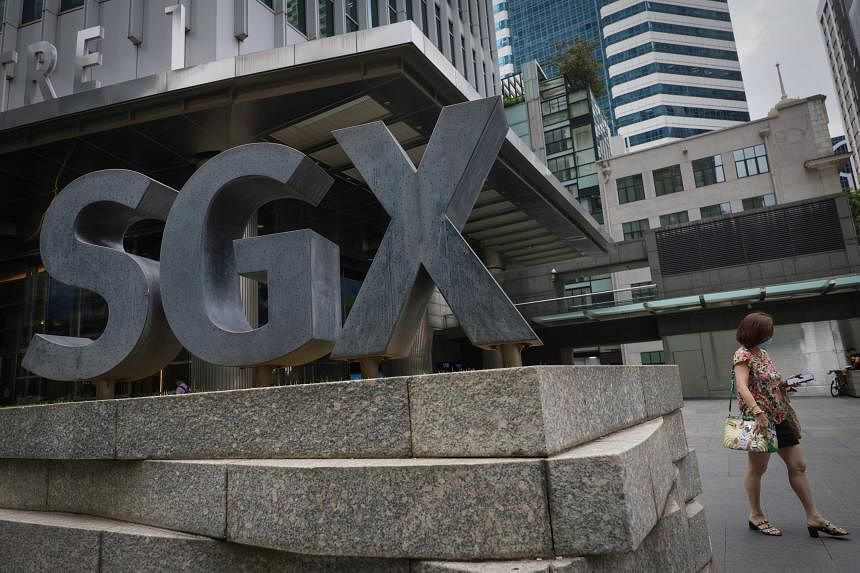SINGAPORE – Local investors ignored Wall Street’s record session overnight to go into the Easter break on a downbeat mood on March 28.
Shares racked up a second straight day of losses, with the Straits Times Index (STI) down 0.9 per cent or 27.70 points to 3,224.01, although gainers outnumbered losers 297 to 240 with 1.5 billion securities worth $1.3 billion changing hands.
Yangzijiang Shipbuilding led the STI’s winners, rising 3.2 per cent to $1.91, while property firm CapitaLand Investment was the biggest loser, down 2.5 per cent to $2.68. Seatrium, which ended flat at 7.9 cents, was again the most active, with 279.1 million shares traded.
Regional bourses were mixed after key indexes in New York broke a three-day losing streak, led by the S&P 500, which added 0.9 per cent to hit another record high.
South Korea’s Kospi fell 0.3 per cent and the Nikkei 225 in Japan slid 1.5 per cent, but Australia’s ASX 200 and the Hang Seng in Hong Kong both rose 1 per cent, while Shanghai gained 0.6 per cent.
The mixed performance came a day ahead of the release of United States data for February’s Personal Consumption Expenditures price index, the Federal Reserve’s preferred inflation measure.
SPI Asset Management managing partner Stephen Innes said Fed chairman Jerome Powell has steadfastly maintained that the narrative of disinflation remains intact, despite inflationary overshoots in January and February. He noted that there is a sense Mr Powell has downplayed the significance of the upcoming data by indicating that it may not significantly alter the prevailing view around inflation.
“Recent consumer confidence indicators paint a less optimistic picture” of the US economy, “particularly regarding expectations for job prospects and income”, he said. “This downward trend in consumer sentiment could signal potential headwinds for the US economy, suggesting the possibility of a slowdown in the near future and something the Fed might view as a precursor to rate cuts.” THE BUSINESS TIMES

